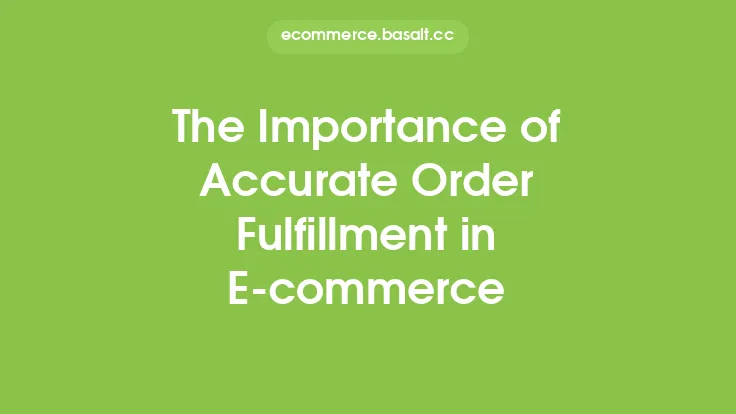In today's globalized economy, e-commerce has become a vital part of businesses, allowing them to reach customers beyond geographical boundaries. As the internet has made it possible for people from different parts of the world to access and purchase products online, it has also created a need for businesses to cater to diverse linguistic and cultural requirements. One crucial aspect of e-commerce that has gained significant attention in recent years is multilingual support. Providing support in multiple languages can help businesses expand their customer base, increase sales, and improve customer satisfaction.
Benefits of Multilingual Support
Multilingual support offers numerous benefits to e-commerce businesses. Firstly, it enables them to tap into new markets and reach a broader audience. By providing support in multiple languages, businesses can cater to customers who may not be proficient in the dominant language of the website. This can lead to increased sales and revenue, as customers are more likely to make a purchase if they can understand the product information and communicate with the support team in their native language. Additionally, multilingual support can also help businesses to build trust and credibility with their customers, as it demonstrates their commitment to providing a personalized and inclusive shopping experience.
Overcoming Language Barriers
Language barriers can be a significant obstacle for e-commerce businesses, particularly those that operate globally. When customers are unable to understand the product information or communicate with the support team, it can lead to frustration, cart abandonment, and negative reviews. Multilingual support can help overcome these language barriers by providing customers with the option to interact with the business in their native language. This can be achieved through various means, such as translating product information, providing support in multiple languages, and using machine translation tools to facilitate communication.
Implementing Multilingual Support
Implementing multilingual support requires careful planning and execution. Businesses need to identify the languages that are most relevant to their target audience and prioritize them accordingly. They also need to ensure that their website and support infrastructure are capable of handling multiple languages, which may involve investing in translation software, hiring multilingual support staff, and developing a language strategy. Furthermore, businesses need to consider the cultural nuances and differences in communication styles that may exist across different languages and regions.
Best Practices for Multilingual Support
To provide effective multilingual support, businesses should follow best practices that cater to the diverse needs of their customers. Firstly, they should ensure that their website is translated accurately and consistently, taking into account cultural differences and nuances. Secondly, they should provide support in multiple languages, either through email, phone, or live chat, and ensure that their support staff is trained to handle language-specific queries. Thirdly, they should use machine translation tools to facilitate communication, but also have a system in place to review and correct translations to ensure accuracy. Finally, they should continuously monitor and evaluate their multilingual support to identify areas for improvement and ensure that it meets the evolving needs of their customers.
Technology and Multilingual Support
Technology plays a vital role in providing multilingual support, as it enables businesses to automate and streamline their language-related processes. Machine translation tools, such as Google Translate, can help businesses to translate product information, support queries, and other content in real-time. Additionally, language learning platforms and translation software can help support staff to improve their language skills and provide more effective support. However, technology should be used in conjunction with human judgment and oversight, as machine translation tools may not always be accurate or context-specific.
Measuring the Success of Multilingual Support
Measuring the success of multilingual support is crucial to evaluating its effectiveness and identifying areas for improvement. Businesses can use various metrics, such as customer satisfaction surveys, support query resolution rates, and sales revenue, to assess the impact of multilingual support on their business. They can also use analytics tools to track website traffic, engagement, and conversion rates across different languages and regions. By monitoring these metrics, businesses can refine their multilingual support strategy, identify opportunities for growth, and optimize their language-related processes to better serve their customers.
Future of Multilingual Support
The future of multilingual support in e-commerce is likely to be shaped by advances in technology, changing customer expectations, and the growing importance of globalization. As machine learning and artificial intelligence continue to evolve, we can expect to see more sophisticated language translation tools and automated support systems. Additionally, the rise of emerging markets and the increasing demand for personalized shopping experiences will drive the need for more effective and inclusive multilingual support. Businesses that prioritize multilingual support and invest in language-related technologies and processes will be better positioned to succeed in the global e-commerce market and build strong relationships with their customers.





